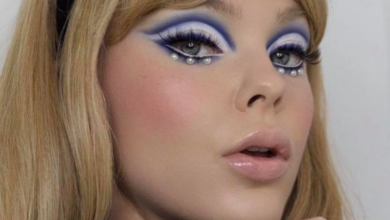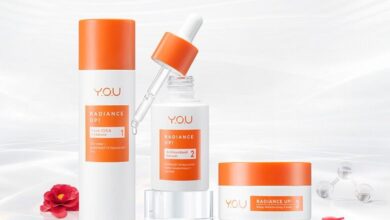
Looking to step up your makeup game? Look no further than this article, “Baking Basics: Setting Your Makeup Like A Stylish.ae Expert”. In this piece, you will learn all the tips and tricks to achieve a flawless and long-lasting makeup look, just like the experts at stylish.ae. From choosing the right products to mastering the art of baking, this article has got you covered. Get ready to elevate your makeup skills and achieve a truly stylish look!
1. Understand the concept of baking
1.1 What is baking?
Baking, in the context of makeup, refers to a technique used to set your foundation and concealer, giving your makeup a flawless and long-lasting finish. It involves applying a generous amount of loose setting powder to specific areas of your face, allowing it to sit for a few minutes, and then dusting off the excess powder. This process helps to lock in your foundation and concealer while creating a smooth and airbrushed look.
1.2 How does baking work?
The concept of baking works by utilizing the heat from your own body to allow the setting powder to melt into your skin, thereby creating a creaseless and poreless finish. As the powder sits on your face, it absorbs any excess oil, helping to mattify and blur any imperfections. This technique not only helps your makeup last longer but also provides a more radiant and flawless complexion.
1.3 Why is baking important for makeup?
Baking is an essential step in your makeup routine for several reasons. Firstly, it helps to prevent creasing and smudging of your foundation and concealer throughout the day. By setting the products with powder, you minimize the risk of your makeup settling into fine lines and wrinkles, ensuring a smoother appearance.
Furthermore, baking is particularly beneficial for those with oily skin. The powder absorbs excess oil, keeping your face matte and shine-free for longer periods. Additionally, it helps to blur the appearance of pores, making your skin look smoother and more refined.
Overall, baking is a technique that not only enhances the longevity of your makeup but also creates a flawless and airbrushed finish that will have you looking and feeling your best.
2. Prepare your skin for baking
2.1 Cleanse your face
Before starting the baking process, it is crucial to cleanse your face thoroughly. Use a gentle cleanser that suits your skin type to remove any impurities, dirt, and excess oil from the surface of your skin. Cleansing will provide a clean canvas for your makeup application, allowing the products to adhere better and last longer.
2.2 Apply moisturizer
After cleansing, it is essential to hydrate your skin by applying a moisturizer. Choose a lightweight and oil-free formula that suits your skin type to ensure optimal hydration without adding excessive oiliness. Moisturizing helps to create a smooth base for your makeup and prevents any dry patches or flakiness, ensuring a more even and flawless application.
2.3 Use a primer
To further extend the longevity of your makeup and create a smooth canvas, consider using a primer. Primers not only minimize the appearance of pores and fine lines but also help your makeup adhere better to your skin. Apply a small amount of primer all over your face, focusing on areas that tend to get oily or where your makeup tends to fade or crease.
2.4 Choose the right foundation
Before diving into the baking technique, it is essential to choose the right foundation for your skin type and desired finish. Opt for a long-wearing and transfer-resistant formula that matches your skin tone perfectly. Make sure to blend the foundation thoroughly, ensuring a seamless transition between your face and neck. This will provide a solid base for the baking technique and help you achieve a flawless and natural-looking complexion.
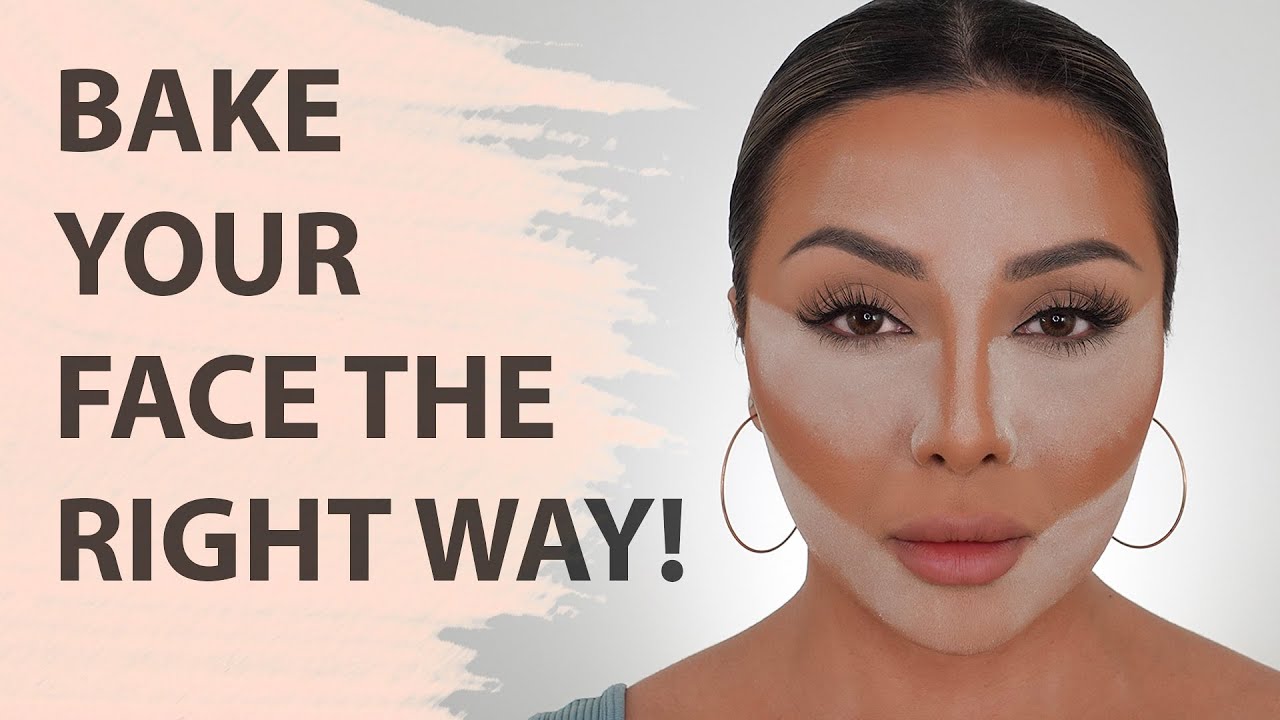
3. Gather the necessary baking tools
To effectively execute the baking technique, you will need a few key tools. Having these tools on hand will make the application process easier and ensure a flawless finish.
3.1 Loose setting powder
The star of the baking technique is a loose setting powder. Look for a translucent or colorless powder that matches your skin tone. This type of powder will not alter the color of your foundation or concealer, allowing your natural skin tone to shine through. The loose formulation of the powder helps it to adhere to your skin and absorb excess oil effectively.
3.2 Makeup sponge or beauty blender
A makeup sponge or beauty blender is a versatile tool that is essential for baking. It allows for easy application and blending of both foundation and concealer. Wet the sponge slightly and squeeze out any excess water before using it to apply your products on your face. This will help to create a seamless and airbrushed finish.
3.3 Powder puff
A powder puff is ideal for applying and pressing the loose setting powder onto your face during the baking process. The velvety texture of the powder puff ensures even distribution of the powder and helps it adhere to your skin effectively. Use gentle pressing motions to apply the powder, ensuring it covers the desired areas without disturbing the base makeup.
3.4 Concealer brush
A concealer brush is an essential tool for applying and blending concealer. Choose a brush with dense bristles that allow for precise application and seamless blending. The brush will help you target specific areas that require extra coverage, such as under the eyes or blemishes, ensuring a flawless and even complexion.
4. Apply concealer
Before diving into the baking technique, it is crucial to apply concealer to areas that require extra coverage. Concealer helps to hide dark circles, blemishes, redness, and any other imperfections.
4.1 Choose the right concealer shade
Selecting the right concealer shade is crucial for achieving a seamless and natural-looking result. Choose a shade that matches your skin tone or is one shade lighter for brightening purposes. Avoid going too many shades lighter, as it can create a stark contrast and unnatural appearance.
4.2 Apply and blend concealer
Using a concealer brush or your fingertips, apply a small amount of concealer to the areas you want to target. This can include under the eyes, around the nose, on blemishes, or any other areas that need extra coverage. Gently blend the concealer using patting or dabbing motions until it seamlessly merges with your foundation.
4.3 Set the concealer with powder
To prevent the concealer from creasing or smudging, it is crucial to set it with a powder. Take a small amount of loose setting powder on a powder puff or sponge and gently press it onto the areas where you applied concealer. This will help to lock in the concealer and create a smooth and flawless finish.
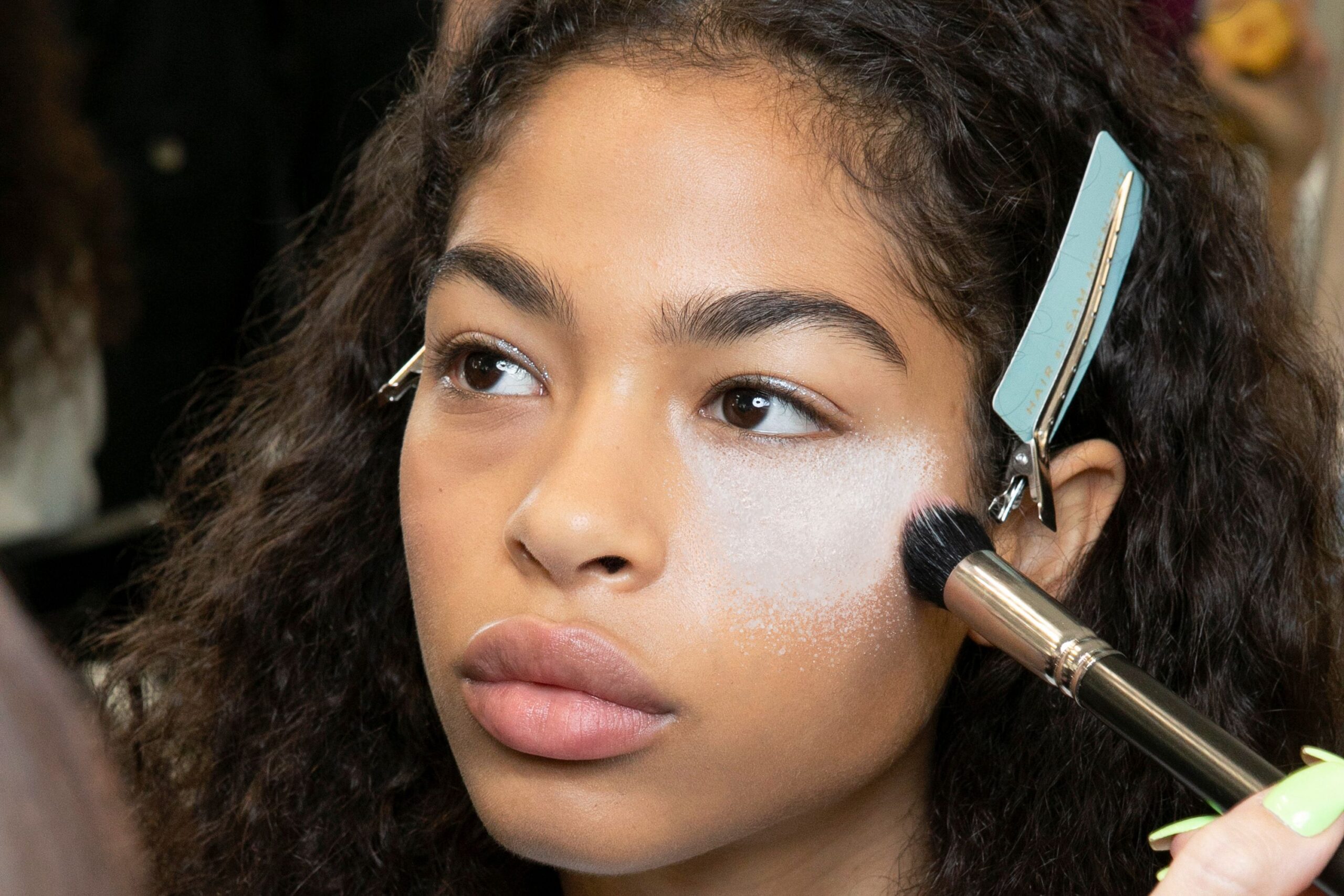
5. Baking technique for flawless makeup
5.1 Apply a generous amount of powder
Now it’s time to start the baking process. Dip your powder puff or sponge into the loose setting powder and load it up generously. Gently press the powder onto the areas where you applied concealer and any other areas you want to set, such as the T-zone or chin. Ensure that the powder covers the desired areas evenly.
5.2 Let the powder sit
Once you have applied the powder, it’s essential to let it sit on your face for a few minutes. During this time, the heat from your body will help the powder melt into your skin, ensuring a creaseless and long-lasting finish. Take this opportunity to work on other parts of your makeup or relax for a moment.
5.3 Use a powder puff to press the powder into the skin
After the powder has been given ample time to set, take a powder puff and gently press it onto the areas where the powder was applied. This will help the powder adhere to your skin and ensure a flawless and airbrushed finish. Use light pressing motions and ensure the powder blends seamlessly with your foundation.
5.4 Dust off the excess powder
Finally, it’s time to dust off the excess powder. Using a fluffy brush or a clean powder puff, gently sweep away any excess powder from your face. This step is crucial to prevent your makeup from looking cakey or powdery. Your skin should now have a smooth and matte finish, ready for the next steps in your makeup routine.
6. Baking different areas of the face
The baking technique can be tailored to specific areas of the face to address different concerns and create a balanced and flawless complexion.
6.1 Under-eye area
The under-eye area is a common area for baking. The technique helps to set the concealer, prevent creasing, and brighten the under-eye region. Apply a generous amount of powder under your eyes, extending it in a triangular shape towards your temples. Let the powder sit for a few minutes before dusting off the excess.
6.2 T-zone
The T-zone, which includes the forehead, nose, and chin, is prone to oiliness and shine. Baking the T-zone can help control excess oil and keep your skin matte for longer. Apply a generous amount of powder to the T-zone area, allowing the powder to sit before gently dusting off the excess.
6.3 Chin and jawline
The chin and jawline are areas that can benefit from baking to create a flawless and smooth appearance. Apply a light layer of powder to these areas, focusing on any areas prone to shine or creasing. Allow the powder to set before dusting off the excess, ensuring a seamless transition between your face and neck.
6.4 Cheeks and forehead
If you have oily or combination skin, you may benefit from baking the cheeks and forehead to control shine and maintain a matte finish. Apply a small amount of powder to these areas, focusing on the areas that tend to get oily throughout the day. Allow the powder to set before dusting off the excess, leaving your skin with a natural matte finish.
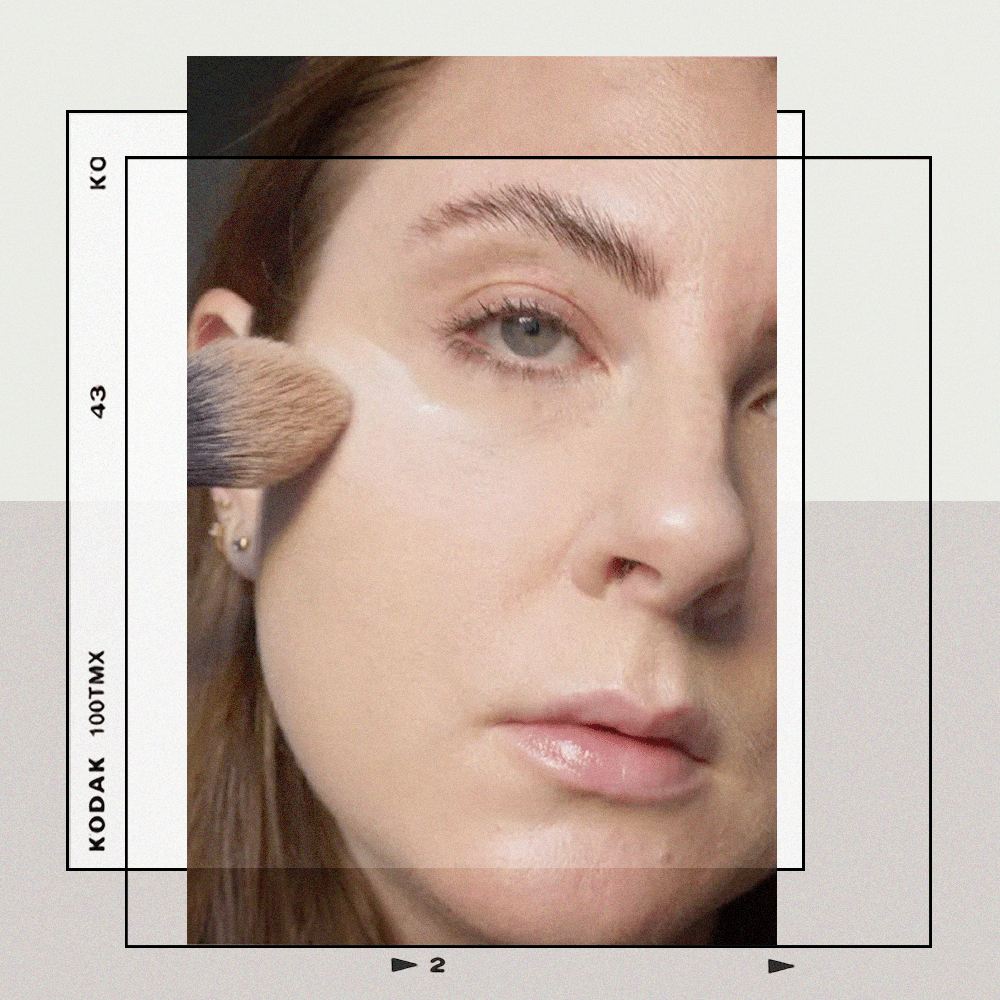
7. Additional tips for successful baking
To ensure a successful baking experience and achieve the desired flawless finish, consider the following tips:
7.1 Use a baking-friendly setting powder
Not all setting powders are created equal when it comes to baking. Look for a powder specifically labeled as “baking” or “setting” powder, as these are finely milled and have the ideal texture for the baking technique. Avoid powders that are too heavy or contain shimmer, as these can interfere with the desired finish.
7.2 Avoid applying too much powder
While it is important to apply a generous amount of powder for baking, there is a fine line between achieving a flawless finish and looking overly powdery. Start with a conservative amount of powder and gradually build it up as needed. Remember, you can always add more powder if necessary but removing excess can be challenging without disturbing the rest of your makeup.
7.3 Set the rest of your makeup
After completing the baking process, it is essential to set the rest of your makeup with a light dusting of setting powder. This will ensure that your entire face is cohesive and your makeup lasts longer. Use a fluffy brush to gently sweep a small amount of powder over your face, focusing on areas that tend to get oily or where makeup tends to fade.
7.4 Choose the right finishing spray
To complete your baking routine and further enhance the longevity of your makeup, consider using a setting or finishing spray. Look for a spray that is lightweight and sets your makeup without altering its finish. Mist your face with the spray from a distance to ensure an even application and allow it to dry naturally.
8. Blending and finishing the makeup
8.1 Blend the baked areas with a brush
To seamlessly blend the baked areas of your face with the rest of your makeup, use a clean fluffy brush. Slightly sweep the brush over the baked areas, blending them with the surrounding foundation and concealer. This helps to create a more natural and seamless transition, ensuring that your makeup looks flawless and airbrushed.
8.2 Complete the rest of your makeup
After blending the baked areas, it’s time to complete the rest of your makeup look. Apply your desired eyeshadow, blush, bronzer, and any other products to enhance your features and complete your desired look. The baking technique sets a solid foundation for the rest of your makeup, ensuring a smooth and flawless canvas to work on.
8.3 Set the entire face with a finishing spray
To prolong the wear of your entire makeup look and ensure it stays in place throughout the day, finish off with a setting or finishing spray. Mist the spray over your entire face, holding it at arm’s length for an even distribution. This step helps to set your makeup, increase its longevity, and give your skin a natural and dewy finish.
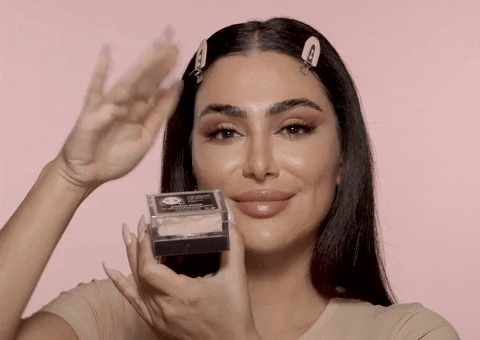
9. Baking for long-lasting makeup
9.1 Use a long-wearing foundation
To further enhance the longevity of your makeup, choose a long-wearing foundation. Look for formulas that are specifically designed to withstand heat, humidity, and long hours. These foundations have better staying power and are less prone to fading or transferring, ensuring your makeup looks fresh and flawless throughout the day.
9.2 Touch up throughout the day
Even with the baking technique and long-wearing products, it is normal for makeup to fade or require touch-ups throughout the day. Carry a compact powder and a clean powder puff or brush for quick touch-ups. Lightly press the powder onto areas that need a little extra coverage or have become shiny, ensuring your makeup looks fresh and flawless.
9.3 Avoid excessive touching or rubbing
One common mistake that can disrupt your beautifully baked makeup is excessive touching or rubbing of the face. Avoid rubbing or touching your face throughout the day, as this can smudge or disturb the baked areas, compromising the flawless finish. Instead, use blotting papers to absorb excess oil or gently pat your face with a clean tissue if necessary.
10. Removing the baked makeup
10.1 Gently remove excess powder
At the end of the day, it is crucial to remove the baked makeup to allow your skin to breathe and regenerate. Start by gently removing any excess powder from your face using a clean tissue or a soft cloth. Be gentle to avoid rubbing or tugging on your skin, as this can cause irritation or redness.
10.2 Cleanse your face thoroughly
After removing the excess powder, cleanse your face thoroughly using a gentle cleanser. This will remove any remaining traces of makeup, dirt, or oil, allowing your skin to feel clean and refreshed. Take your time to massage the cleanser into your skin, ensuring all areas are thoroughly cleansed.
10.3 Moisturize and hydrate the skin
The final step in the makeup removal process is to moisturize and hydrate your skin. Use a nourishing moisturizer that suits your skin type to replenish any lost moisture and keep your skin hydrated. Additionally, consider using a hydrating face mask or serum to provide an extra boost of hydration and restore your skin’s natural radiance.
In conclusion, baking is a versatile and effective technique for setting your makeup and achieving a flawless and long-lasting finish. By following the step-by-step guide and incorporating these tips into your routine, you can master the art of baking and enjoy a flawless complexion that will last all day. Remember to take care of your skin before and after baking, as proper skincare is the foundation for a successful makeup application. With practice and experimentation, you will discover the perfect baking routine for your skin type and desired look.
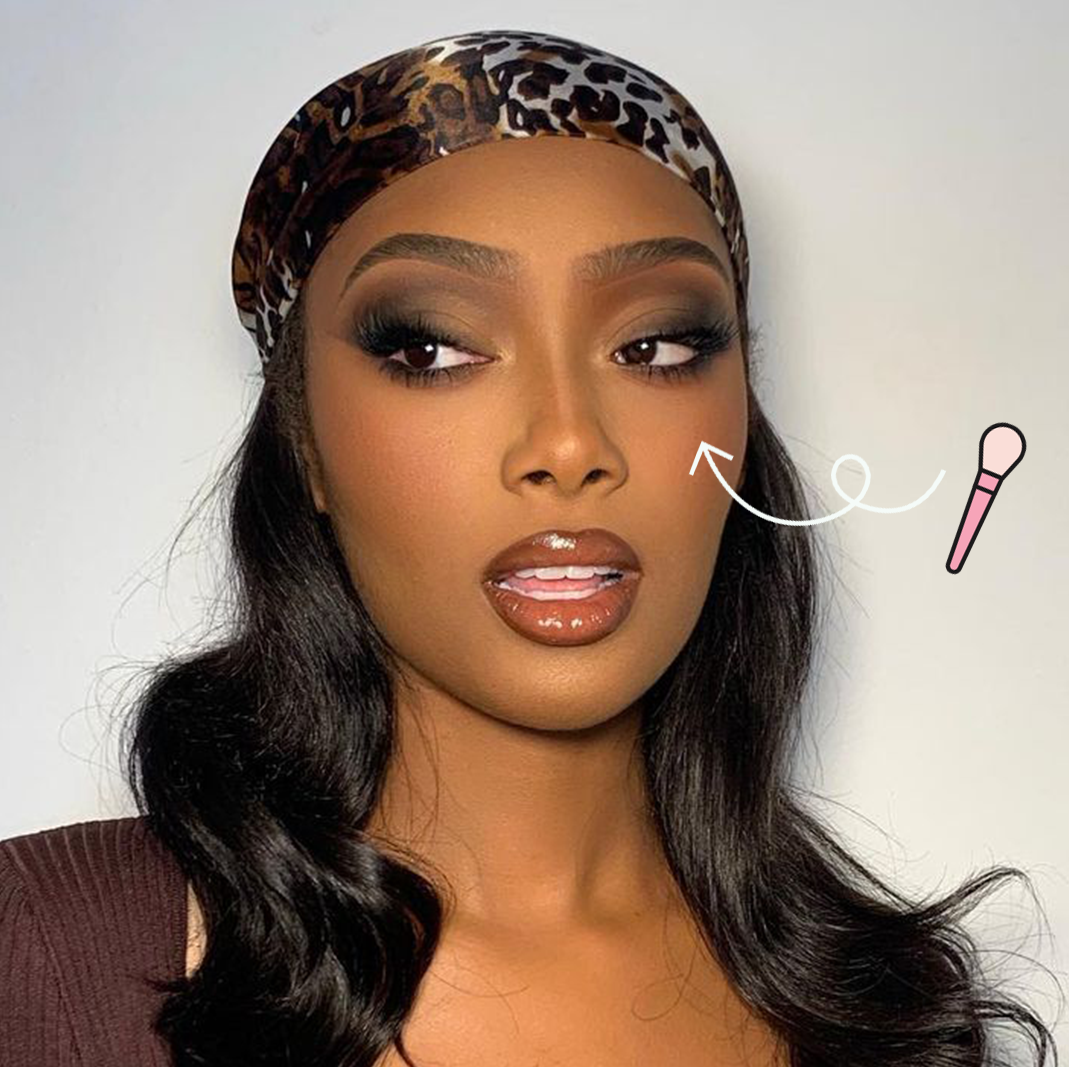
Bourjois Little Round Pot Blusher Review(Opens in a new browser tab)
NYX Finishing Powder Review(Opens in a new browser tab)
Maybelline New York Fit Me Matte Poreless Powder Review(Opens in a new browser tab)

